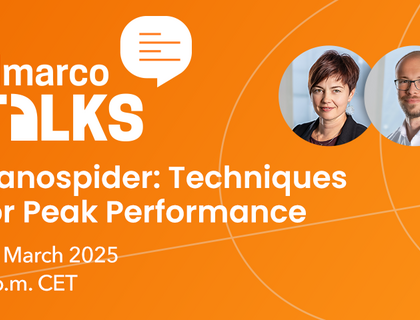
Electrical resistance of substrate materials

In our application, we always apply nanofibers to a substrate material, which can be a non‑woven fabric, foil, paper, or other similar material that can be wound with a conventional textile winder and is sufficiently homogeneous. The critical parameter is the electrical resistance of this substrate, which determines whether the electrospinning process will be initiated at all and, if so, is essential for the performance and uniformity of the process.
We have made measurements on a range of materials using the Prostat 853B and compared them with the quality of the process. It was confirmed that substrates with electrical resistances higher than 10^13 Ohm are not suitable for electrospinning, where often the process will not be initiated at all (depending on polymer type, moisture, type of collecting electrode (wire/contact) etc.). At the same time, if the electrical resistance is low (roughly less than 10^7 Ohm), the productivity of the process decreases. Thus, antistatic substrates are ideal.
To achieve optimal results, the electrical resistance of the substrate should be compared together with real tests on Nanospider™ equipment.
References:
PAS‑853B Wide Range Ohmmeter
PRS‑801W 5lb Conductive Rubber Electrode
Equipment producer:
EUROSTAT
www.eurostatgroup.com


